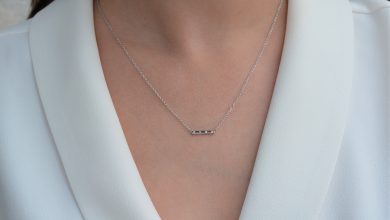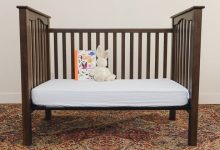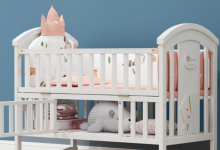FR Fabric Manufacturing A Comprehensive Guide
FR Fabric Manufacturing: A Comprehensive Guide

Flame-resistant (FR) fabrics have become integral in various industries where safety is paramount. Whether in the oil and gas sector, manufacturing, or firefighting, the need for textiles that resist flames is undeniable. In this article, we’ll delve into the world of FR fabric manufacturing, exploring the process, quality standards, applications, and considerations for choosing the right FR fabric manufacturer fr fabric manufacturer.
Understanding FR Fabric
FR fabric, or flame-resistant fabric, is designed to self-extinguish, reducing the risk of injury in environments where exposure to flames is a constant threat. These textiles are engineered to resist ignition, providing a crucial layer of protection for workers in hazardous conditions.
FR Fabric Manufacturing Process
The manufacturing process of FR fabric involves several intricate steps. From selecting raw materials to weaving and treating the fabric with flame-retardant chemicals, each stage plays a vital role in ensuring the final product meets industry standards for safety and durability.
Quality Standards and Certifications
When selecting an FR fabric manufacturer, it’s crucial to consider adherence to quality standards and certifications. Look for fabrics compliant with regulations such as NFPA 2112 or NFPA 70E, ensuring that the garments offer the necessary protection in specific work environments.
Applications of FR Fabrics
FR fabrics find applications in diverse industries, including oil and gas, electrical utilities, and firefighting. The textiles are used to create protective clothing, ensuring that workers are shielded from potential fire hazards.
Choosing the Right FR Fabric Manufacturer
Selecting the right manufacturer is a critical decision. Factors such as experience, reputation, and adherence to safety standards should guide your choice. Case studies of successful partnerships can provide valuable insights into the manufacturer’s capabilities.
Innovation in FR Fabric Technology
Advancements in technology continually shape the landscape of FR fabric manufacturing. From improved flame-resistant coatings to innovative weaving techniques, staying informed about the latest developments is essential for businesses seeking cutting-edge protective textiles.
Cost Considerations
While safety is paramount, cost considerations cannot be ignored. Finding a balance between quality and affordability is key. Fortunately, advancements in manufacturing processes have made FR fabrics more cost-effective without compromising their protective properties.
Environmental Impact
Sustainability is a growing concern in manufacturing. Many FR fabric manufacturers are adopting eco-friendly practices, such as using recycled materials or minimizing water and energy consumption during production. Choosing environmentally conscious options aligns with a commitment to both safety and environmental responsibility.
Case Studies
Several businesses have successfully integrated FR fabrics into their safety protocols. From reducing workplace accidents to improving overall safety records, these case studies highlight the tangible benefits of investing in quality FR textiles.
Challenges in FR Fabric Manufacturing
Despite advancements, manufacturers face challenges in producing FR fabrics. From meeting evolving safety standards to addressing environmental concerns, overcoming these obstacles requires continuous innovation and industry collaboration.
Tips for Proper Care and Maintenance
Extending the lifespan of FR fabrics requires proper care and maintenance. Following manufacturer guidelines for cleaning, storage, and repair ensures that the garments retain their protective qualities over time.
Customer Reviews and Testimonials
Real-world experiences provide valuable insights into the effectiveness of FR fabrics. Positive reviews and testimonials from companies and individuals using these textiles underscore the importance of investing in quality and reliable protective clothing.
FAQs About FR Fabric Manufacturing
- Q: How is FR fabric different from fire-retardant fabric?
- A: While both aim to resist flames, FR fabric self-extinguishes, offering a higher level of protection.
- Q: Are FR fabrics uncomfortable to wear?
- A: No, advancements in technology have led to the development of comfortable and breathable FR fabrics.
- Q: Can FR fabrics lose their flame-resistant properties over time?
- A: Yes, improper care and maintenance can compromise the flame-resistant qualities of the fabric.
- Q: What certifications should I look for when choosing FR fabrics?
- A: Look for certifications such as NFPA 2112 and NFPA 70E to ensure compliance with safety standards.
- Q: How do I know if a manufacturer is reputable?
- A: Check for industry certifications, customer reviews, and the manufacturer’s track record in producing quality FR fabrics.
Conclusion
In conclusion, understanding the nuances of FR fabric manufacturing is crucial for businesses prioritizing safety in high-risk environments. From the manufacturing process to choosing the right supplier, each decision contributes to creating a safer workplace. By staying informed about innovations and considering environmental impact, businesses can strike a balance between safety, cost-effectiveness, and sustainability.









